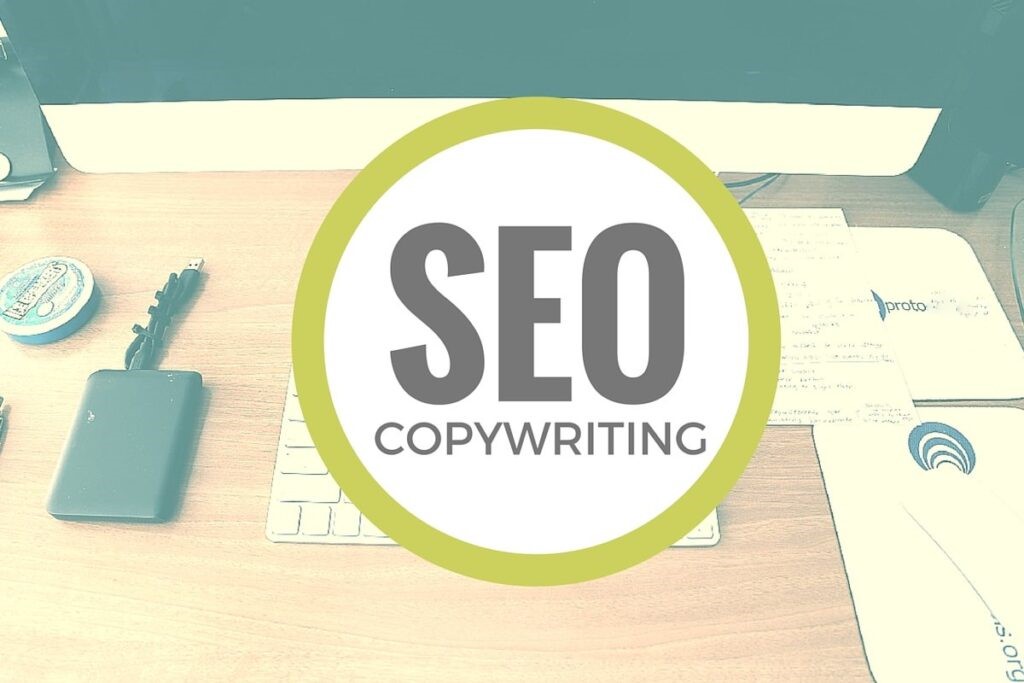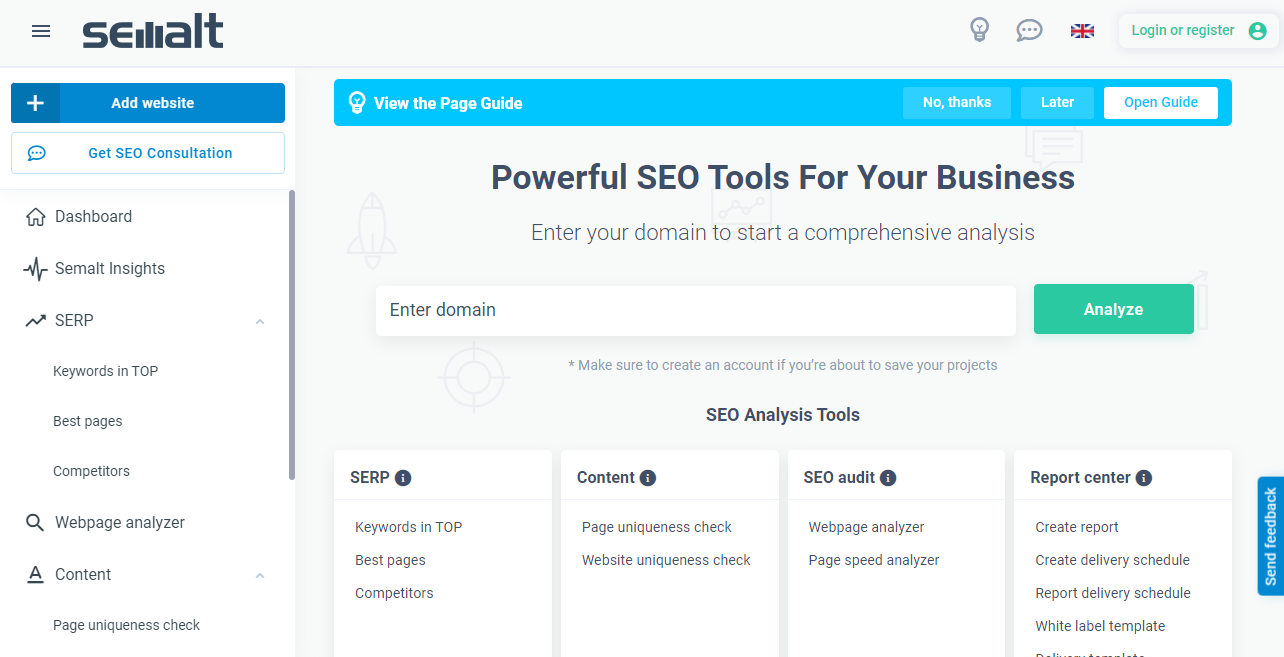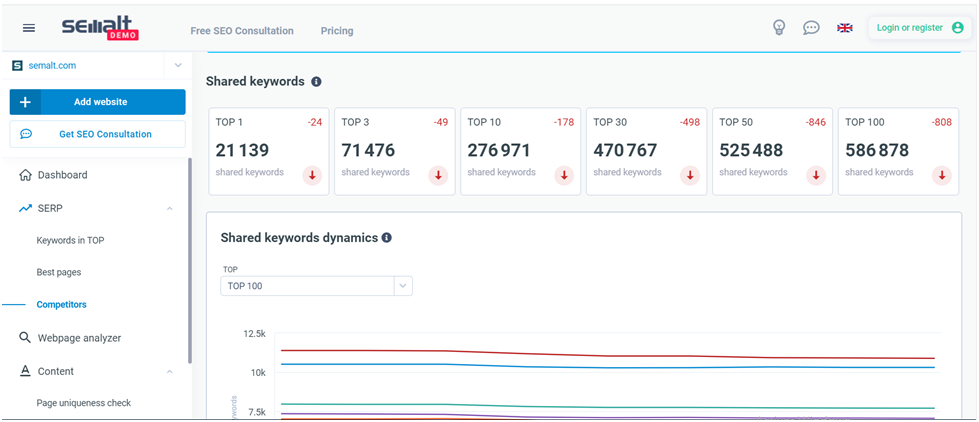Semalt: SEO Text And How To Write Content That Ranks On Google

How you write your texts plays a big role in your ranking on Google. In this article, we go through tips and tricks on how you can write content to get a better ranking.
When working with SEO, there are a large number of strategies you can use to be more visible in Google's search results.
It can be about building links, optimizing your Google Ads campaigns, or making technical improvements to get a fast website.
But the most important factor of all to be visible on Google is to create really good content. After all, Google's task is to present the best content for the user's search.
How to write good SEO texts?
In order for your website to get as good rankings as possible on Google, it is important that you write SEO-adapted text in your headings, intermediate headings, and yes, really everywhere you choose to have text. But writing good SEO texts is more than using the right keywords. Google rewards sites that are easy to navigate and user-friendly, so it's important to keep the balance between search-compatible text and article structure.
In this blog article, we will take a closer look at how you can use texts to achieve better rankings on Google.
What is SEO text?

When we talk about SEO text, we really mean SEO-optimized content. Many people make the mistake of thinking that good SEO texts contain as many relevant keywords as possible, but sitting and typing keywords into their blog posts carries the risk of the text becoming incoherent and cumbersome. And the idea is not that you should make it difficult for the customer or the reader.
On the contrary! Good SEO-adapted text is a nice balance between weaving in keywords that are important to the company and building a nice and user-friendly structure.
Writing SEO text
But we can start with the keywords. Before you start writing your article or blog post, you should always be clear about which keywords you want the article to rank on. To find out which keywords are relevant to your particular post and your business in general, you should do keyword analysis. We have written a post focusing on exactly how to generate relevant keywords for your business.
Once you have developed your keywords, it is time to weave them into the article in a neat and natural way. Make sure your headlines are relevant and appealing to the reader. Google's algorithms like you to give the reader answers to the questions and information they need in their search, so keep it factual and short.
Headlines that Google likes
Google likes you to follow a certain style when writing your articles. Work with the main headline and then split the content of the article using subheadings. Make sure the headline is not too long or that it feels overloaded with your keywords. You can always use more in subheadings and body text.
Also, remember to write headlines that engage and arouse curiosity. The goal is for the reader to want to read more, and therefore it is important to write strong and attractive headlines.
Readers like quick and effective tips, and in many cases, we google to solve a problem or learn something new. In SEO, the reader often wants to learn more about how-to do-good SEO, for example.
Examples of good headlines in SEO:
- How to write good SEO texts
- 5 steps: How to SEO-optimize your website
- Here are the SEO trends of 2022
- How to rank better on Google
A tip for finding inspiration for your headlines is to look at the competitors. Which headings rank highest on your keywords?
Lists increase readability
In addition to headings and subheadings, you can use lists to lighten the text and make it more reader-friendly.
Here, for example, we have eased the text and given the reader concrete answers to why it is important to do an SEO analysis and what questions you can ask yourself to be ahead of your competitors.
Another way to write a good SEO text and make it readable and thus get better rankings on Google is to mix in questions. Are you writing an article about tire tips? Have a question as a subheading, e.g. "What are the best-studded tires in 2022?". With a little luck and skill, the question can be selected by Google as a "related question", which means that it ends up at the very top among related questions on the subject.
Add pictures for a better reading experience
Google rewards readability, and an article filled with just text tends to get boring and make the reader leave. Be sure to include relevant images in your blog post or article to create a comfortable experience for the reader.
You can also embed YouTube clips in a really pleasing way, which in turn can make the reader stay longer on the site.
Write Keywords Properly
In order for the text not to be difficult to read, it is important that you do not do " keyword stuffing ", i.e. that you fill the text with keywords. The tip is to write as simply and informatively as possible and then go through the text once to see where you can enter relevant keywords a little nicer.
Work with links in your SEO texts
Google rewards articles that have high credibility. If you own a car workshop and are going to write a blog post, you can certainly find a related news item on a news site or from a credible source such as the Transport Administration of your country. When referring to external material, remember to always link, which looks both nice and leads to higher prioritization of Google.
Working with link building is an effective way to rank higher on Google. If you want to read more about link building and outreach and how you can get other sites to link to you, you can write to Semalt Agency.
Take the help of SEO generators
There are lots of sites and tools that offer SEO-related help on the internet, even when it comes to SEO custom text. A simple googling on "SEO text generator" and "SEO text checker" gives many promising suggestions, but think of that readability that we have so often talked about here in the article.
Also, keep in mind that each company is unique and that it is always about finding relevant keywords for you and your purpose. At Semalt, we use our SEO tool the Dedicated Seo Dashboard, where you can quickly see how your different pages rank on various keywords and you can easily keep track of your search position on Google and how it changes over time.

You can also find out how many external sites are linking to content on your site or if someone has removed a link. The possibilities are many and the tool is useful in several ways.
Write for your readers
Another tip for writing better SEO texts is to, as an article writer, always write for your own target audience - your readers. As an entrepreneur, it is important to get to know your customers and how they communicate. What do your potential customers want to read about?
Look at your target audience and ask the following questions:
- What is important to them?
- What need is there?
- What challenges and fears do they have?
- Where do they go to find information and inspiration?
If you can answer these questions, it is much easier to choose relevant topics for your articles and blog posts, so both you and your future customers will hear each another.
Also, think about the language in your industry. Write for the industry you are in so that the article is recognizable and provides security.
Have patience
Building an SEO-friendly website that ranks high on Google does not happen overnight. Good and effective SEO work is visible over time and is a long-term work towards more customers and better traffic.
Writing SEO texts and content takes time, and many people choose to turn to an SEO agency to work long-term.
Conclusion
Writing good SEO text does not have to be difficult if you just do a little research before and make sure that the text and flow are user-friendly. Do a keyword analysis with the Dedicated Seo Dashboard and write strong SEO headlines. Make the content easily accessible with subheadings, lists, questions, and images, and make sure you know the target audience you are writing for.
